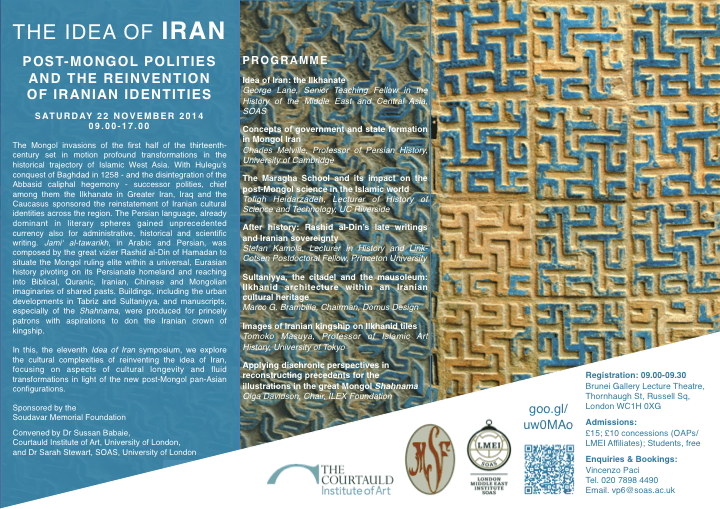The Idea of Iran: Post-Mongol Polities and the Reinvention of Iranian Identities
he Mongol invasions of the first half of the thirteenth-century set in motion profound transformations in the historical trajectory of Islamic West Asia. With Hülegü’s conquest of Baghdad in 1258 – and the disintegration of the Abbasid caliphal hegemony – successor polities, chief among them the Ilkhanate in Greater Iran, Iraq and the Caucasus sponsored the reinstatement of Iranian cultural identities across the region. The Persian language, already dominant in literary spheres gained unprecedented currency also for administrative, historical and scientific writing. Jame’ al-tavarikh, in Arabic and Persian, was composed by the great vizier Rashid al-Din of Hamadan to situate the Mongol ruling elite within a universal, Eurasian history pivoting on its Persianate homeland and reaching into Biblical, Quranic, Iranian, Chinese and Mongolian imaginaries of shared pasts. Buildings, including the urban developments in Tabriz and Soltaniyyeh, and manuscripts, especially of the Shahnameh, were produced for princely patrons with aspirations to don the Iranian crown of kingship. This symposium explores the cultural complexities of reinventing the idea of Iran, focusing on aspects of cultural longevity and fluid transformations in light of the new post-Mongol pan-Asian configurations.
Speakers
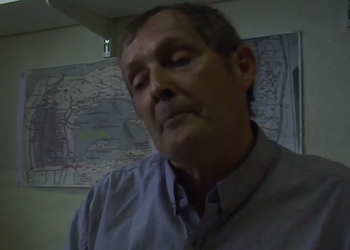
Idea of Iran: The Ilkhanate
George Lane, Senior Teaching Fellow in the History of the Middle East and Central Asia, SOAS
The Mongol conquests of the thirteenth century are often portrayed as an unremitting period of devastation and desecration. In fact the second ‘invasion’ of Hulegu in 1255 came in response to an invitation from the notables of Qazvin to the Great Khan Mongke to incorporate Iran into the greater empire and end its isolation as a peripheral and anarchic state. With the establishment of the Ilkhanate, for the first time since the Arab conquests of the seventh century, Iran re-claimed its ancient name and rearticulated its historic borders while enjoying a cultural, commercial and spiritual renaissance. Aided by its strong political and commercial ties to Yuan China, Ilkhanid Iran reasserted its place within the Muslim world and reaffirmed its legitimacy after Ghazan’s conversion to Islam in 1295.
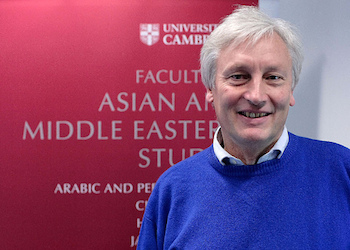
Concepts of Government and State Formation in Mongol Iran
Charles Melville, Professor of Persian History, University of Cambridge
This lecture addresses the evolution of Mongol rule in Iran following the phase of conquests completed under Hulegu Khan. Faced with establishing their authority over the Iranian plateau, the Mongols not only had to deal with a mosaic of semi-autonomous regional powers, but also with competing notions of legitimacy, in which ‘traditional’ Perso-Islamic norms were already percolated with steppe concepts introduced by earlier Turkic dynasties. In addition, naturally, the Mongols brought their own concepts of ruling subject people and their own model of dynastic legitimacy based on the career of Genghis Khan. The lecture will explore different aspects of Ilkhanid government and its development across the watershed of Ghazan Khan’s conversion to Islam in 1295; it will also discuss the Idea of Iran presented to the Mongol elites by their Persian bureaucrats and the extent to which this idea won acceptance.
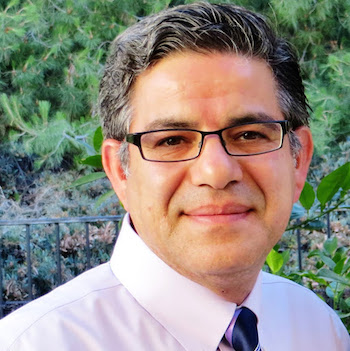
The Maragha School and its Impact on the Post-Mongol Science in the Islamic World
Tofigh Heidarzadeh, Lecturer of History of Science and Technology, UC Riverside
The Maragha Observatory has a unique place in the history of medieval astronomy: it represents a new wave of scientific activities in the Islamic world in the mid-thirteenth century; it had a key role in the development of some sophisticated pre-Copernican non-Ptolemaic planetary systems; and it was the model for several observatories that were built in Persia, Transoxiana, and Asia Minor until the seventeenth century. The Maragha Observatory, therefore, was not merely a site for astronomical measurements. It was also a school and a centre for intellectual activities, wherein a number of brilliant astronomers, natural philosophers, mathematicians and instrument makers worked under the supervision of Nasir al-Din Tusi and initiated a renaissance in Islamic science. The presentation will illustrate the critical role of the Maragha School in the post-Mongol sciences in the Islamic world.
After History: Rashid al-Din’s Late Writings and Iranian Sovereignty
Stefan Kamola, Lecturer in History and Link-Cotsen Postdoctoral Fellow, Princeton University
Rashid al-Din is best known for the historical writings he produced between 1302 and 1307. In subsequent years, however, he dedicated himself to more theoretical matters, including theology, physical and medical sciences, and agronomy. These works have recently been written off as “orthodox, rather than important.” This paper looks at Rashid al-Din’s late works through the same lens that has recently been turned on his historical writing, namely that of ruling ideology. In them, through his choice of subjects, his organisation of themes, and his presentation of himself alongside his patron and sovereign Uljaiytu, Rashid al-Din promotes a radical new notion of kingship, one that came to fruition a century later under the early successors of Amir Timur. By revaluing these works in this way, I argue, we can understand Rashid al-Din’s theology as a continuous development on, rather than an unfortunate coda to his more famous historiography.
Sultaniyya, the Citadel and the Mausoleum: Ilkhanid Architecture within an Iranian Cultural Heritage
Marco G. Brambilla, Chairman, Domus Design
In art and architecture, hegemonic projects such as those implemented by the Ilkhanid rulers were realised by assimilating the values of the dominant group with the experience and aspirations of the subalterns. While the spectacular architectural projects of the Ilkhans and the extravagant mega structures of the tomb of Ghazan Khan, the mosque of Ali Shah and the mausoleum of Uljaiytu responded to the ambitions of the conquerors, their design, concept and implementation were truly Iranian by nature. The city and the citadel of Sultaniyya and the magnificent mausoleum of Uljaiytu are well known but remain among the most enigmatic and least explored monuments of Islamic Iran. Focusing on the most recent archaeological investigations of the citadel, this talk explores the construction techniques of the mausoleum within the framework of architectural activity in Iran in the early fourteenth century.
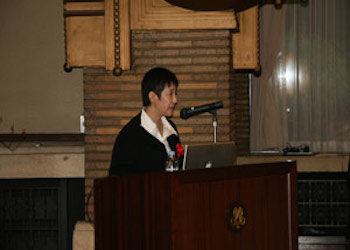
Images of Iranian Kingship on Ilkhanid Tiles
Tomoko Masuya, Professor of Islamic Art History, University of Tokyo
At Takht-i Sulaiman, the only well-preserved Ilkhanid palace from the 1270s, tiles were used heavily to adorn both interior and exterior walls. Images and words, which were supposed to appropriate and to represent Mongol Ilkhans’ rule over Iran and Iraq, were selected to decorate certain types of these tiles. While images of dragons and phoenixes drew from Chinese symbols of rule, the images of ancient Iranian kings and the inscribed quotations from the Shahnama of Firdawsi served as their Iranian counterparts. Nevertheless, images of Iranian kings seem to have been less popular in the later part of the Ilkhanid reign during the first half of the fourteenth century, when the scenes from the Shahnama rarely appear on tiles. This paper explores the means and the reasons for the transition of images of Iranian kingship on tiles during the Ilkhanid period.
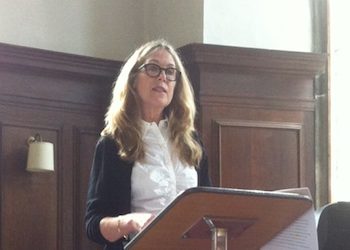
Applying Diachronic Perspectives in Reconstructing Precedents for the Illustrations in the Great Mongol Shahnama
Olga Davidson, Research Fellow, Boston University and Chair, ILEX Foundation
As Robert Hillenbrand has noted, art historians sometimes adopt the approach of literary historians who try to reconstruct an Ur-text on the basis of variants they find in existing texts. Similarly, art historians have occasionally tried to reconstruct prototypes for the illustrations of the Great Mongol Shahnama, looking for precedents in various art forms dating from the twelfth and thirteenth centuries. In this paper, a different approach is advocated, based on alternative methods in reconstructing earlier phases of literary forms. The application of diachronic perspectives in the process of analysing textual variants makes it possible to reconstruct earlier phases of systems that generate the variations found in existing texts. Similarly in the case of illustrations, a diachronic analysis of existing variants in the Great Mongol Shahnama and other such sources leads to the discovery of an underlying system of visual narratology that generates the existing iconographic variants.
Convenors
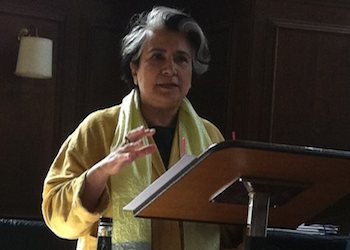
Dr Sussan Babaie is Lecturer of Persian and Islamic Art at the Courtauld Institute of Art, University of London, President-Elect of the Historians of Islamic Art Association, and serves on the Governing Council of the British Institute of Persian Studies, the Board of Directors of the Association for the Study of Persianate Societies and is a Trustee-at-Large of the American Institute of Iranian Studies. She has many years of experience teaching, both in the States at Smith College and the University of Michigan, and in Germany as a Visiting Professor at the Institut für Kunstgeschichte, Ludwig Maximilian University, in Munich. Her research and teaching concern questions of imperialism and artistic patronage in Persianate West, Central and South Asia where high culture derived from the literary corpus of the Persian language.
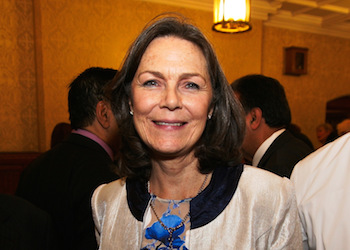
Dr Sarah Stewart is Lecturer in Zoroastrianism in the Department of the Study of Religions at the School of Oriental and African Studies, University of London and Deputy Director of the London Middle East Institute, also at SOAS. She has been co-convenor of the ‘Idea of Iran’ symposia since its inception in 2006 and has co-edited five volumes in the ‘Idea of Iran’ publication series with I.B.Tauris. She serves on the Academic Council of the Iran Heritage Foundation and has been a longstanding Fellow of the British Institute of Persian Studies, most recently serving as its Honorary Secretary until 2013, in which year Dr Stewart co-organised the acclaimed exhibition: ‘The Everlasting Flame: Zoroastrianism in History and Imagination’. Her publications include studies on Parsi and Iranian-Zoroastrian living traditions and is currently working on a publication (in collaboration with Mandana Moavenat) on contemporary Zoroastrianism in Iran.


